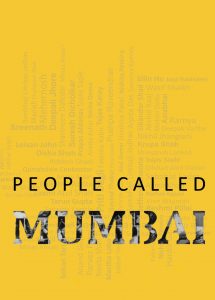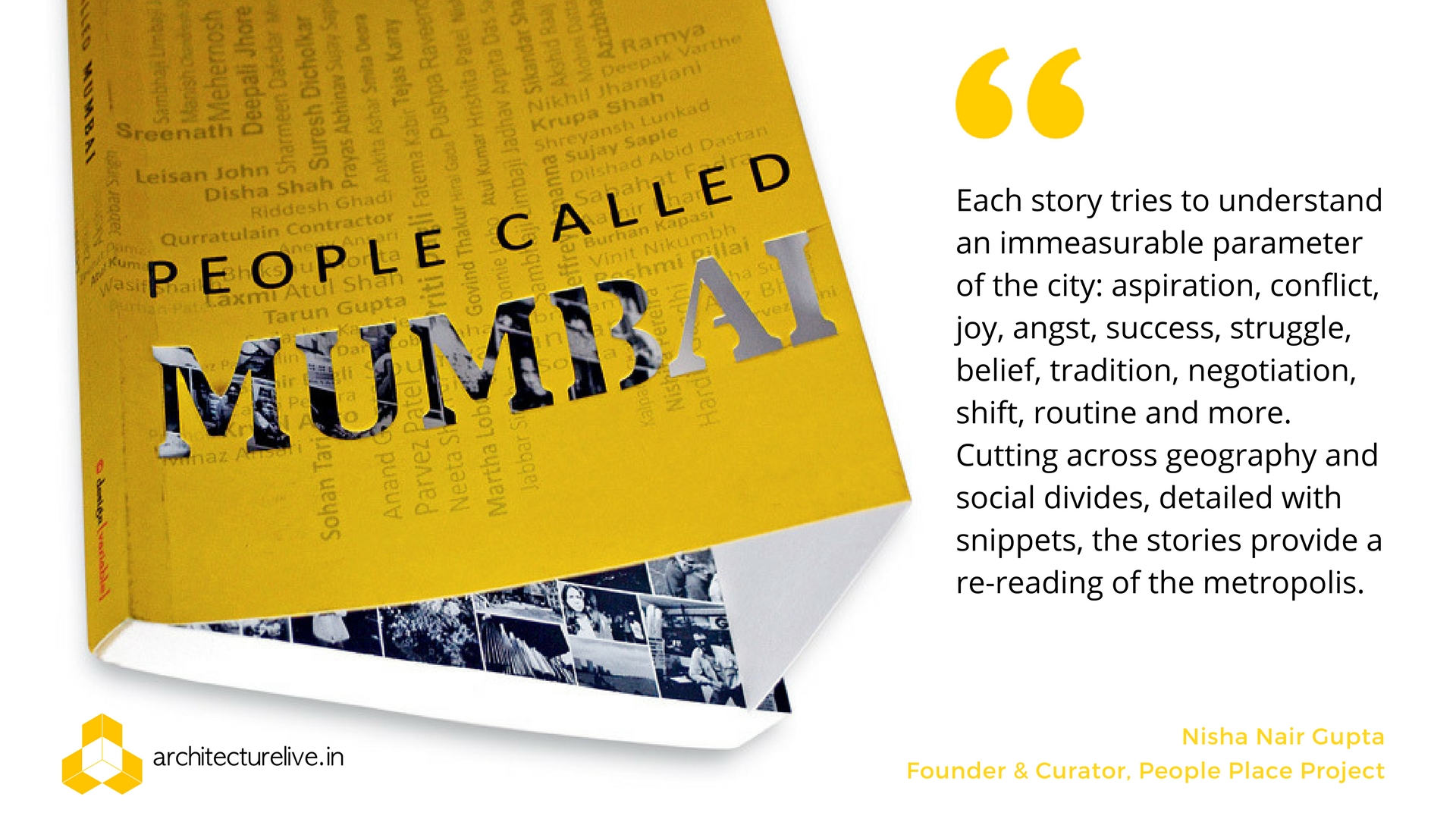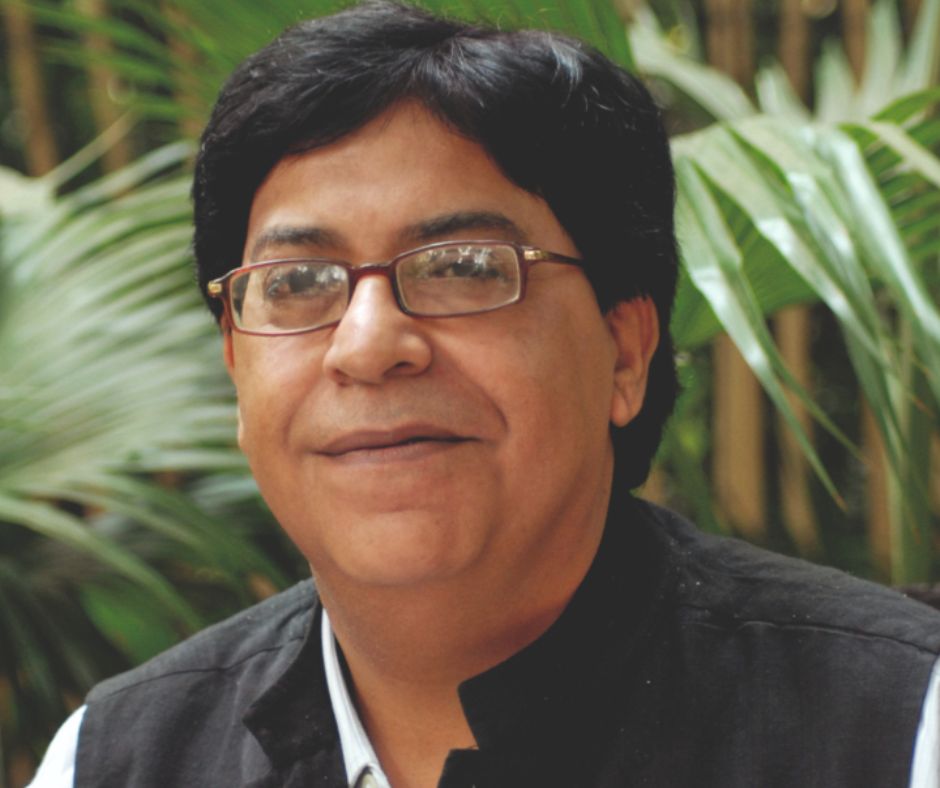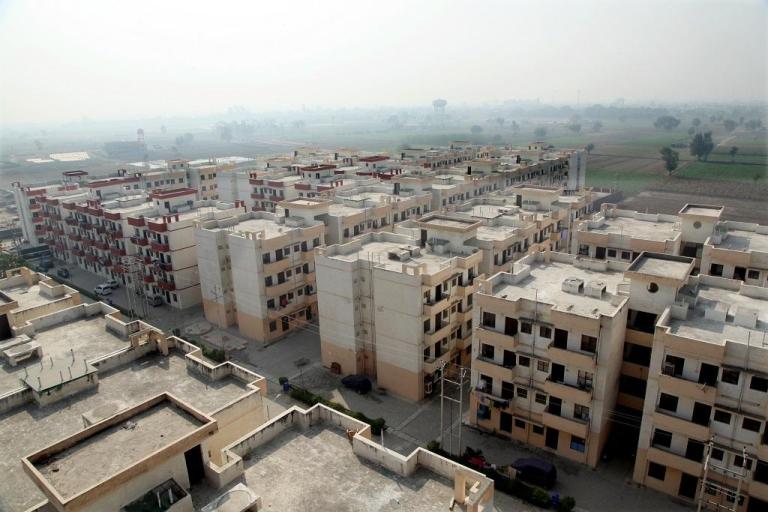Picking up a copy of People Called Mumbai, one cannot help but feel a sense of anticipation.
A warm yellow jacket with Mumbai fenestrated to reveal the faces of Mumbaikars, one really can judge this book by its cover. Inside, after a brief introduction, the stories begin — short accounts of life in the city that may as well be still-frame pictures, perpetually frozen in time and brimming with detail.
Each story is ‘happening’ right now — progressing as you read it, moving with you at your pace; you finish a tale and turn the page, and you might as well have turned into another street and left the narrator behind.
An offshoot of design[variable], The People Place Project is an initiative spearheaded by principal architect Nisha Nair Gupta to map a metropolitan through the pulse of its citizens. Turning what is essentially an ethnographic study into a collection of stories, the People Place Project brings back the impression of a city to the forefront in true Lynchian fashion, laying out a living, breathing, microcosm over the flatness of an urban sprawl. By anthologizing the residents of the city, the books take you from one snapshot to the other — focussing on one life before moving to the next, the places they occupy turning into technicolor backdrops that expand and spill into one another as you read through the stories — until the whole city is laid out before your eyes.
This journey is what People Called Mumbai – and later, People Called Ahmedabad – encapsulates.
The books also, incidentally, make one realize how some people are often places, while some places may as well be people — permanence and vitality combining to create fixtures out of things we expect to be the most fleeting, while turning landmarks into whispered legends. Take, for example, A Tale of Two Ticketwallahs, the very first in the Mumbai anthology, describing a day in the life of Abdul Rahim, a black-market movie-ticket vendor whose base of operations is the G7 Multiplex in Bandra. Having spent over 20 years scalping at the same spot, his life’s work ties him in inextricable companionship with the Head Ticket Salesman of the theatre complex, both existing in easy – if confusing – camaraderie.
The G7 Complex has been outmoded by the multiplexes, while the Tower of Silence faces an equally grim fate with rampant ecologic damage as well as complaints raised by the residents of the area
The very next story takes us to the Towers of Silence, the Zoroastrian burial grounds that are off-bounds to anyone who doesn’t belong to the reclusive community – embodying somber detachment from the woes of the flesh while simultaneously occupying a strange space in thrill-seeking urban legends. (Shrouded in mystery – and more importantly, misinformation – Dokhmas regularly show up in gory tales designed to evoke horror in the face of the unknown and the inexplicable, turning the sacred truth of death into a bizarre spectacle.) As the narrator speaks to Uncle, the hearse driver for the Towers, he is led through the process of disposing of a dead body – devoid of any sentimentality – making it all too evident how death truly is the antithesis to life — a featureless, undramatic end to all that holds any significance.
While the Towers – an age-old occupant of Mumbai’s land – shift in and out of focus of the public eye like some living entity, Abdul is a part of his Place, as solid and significant as the very mortar holding the complex together. For each successive story that takes place in and around the Gaiety Galaxy complex – and there are several – one simply knows that Abdul must be around somewhere, a constant in the setting.
The books also illustrate – if subtly, at that – how parts of the city live and die, often at the same time. The Bibliophile of Sunday Market – one of the most enchanting tales of the Ahmedabad anthology – paints a picture of the Ravivari at the banks of the Sabarmati — a bustling flea market that offers up the broken bits of the city to all who seek them, one man’s trash becoming another man’s treasure. Muhammad Hussainbhai – a wizened man with razor-sharp wit – is the magnanimous protagonist of this story, a self-anointed gatekeeper of knowledge who doesn’t take too kindly to bargaining for the second-hand books he sells. Hussainbhai’s Ravivari – and consequently – Hussainbhai‘s Ahmedabad – is a vibrant one, colourful and loud and positively thriving.
The Ravivari is bustling as ever, with wide swathes along the Sabarmati being redeveloped to provide better avenues to the public, while the old city sees an exodus of mainstream commercial activities towards the ‘developed’ outer circles of the city
In contrast, The Esther Walk is a story of loss and forlornness buried under magnificent memories; an accomplished Artist and Authoress recounts how her own city has other-ified a part of itself, the present distancing itself from the past — both in the physical and the moral sense — in a strange twist of modernity and enlightenment. While one conventional ‘outlier’ defends his bastion, the other watches her own crumble. The city, in its own way, lives on through both.
Lighting up their respective metropolises like the dynamic neural network they truly are, the People Place volumes are not a sumptuous five-course meal, to be dug into methodically and consumed in one go. Think, instead, of a cookie jar: each story stands on its individual merit, ready to be scooped up – tasting best when had in moderation.
One is reminded on every page how a city is only as large as the sum of its inhabitants, the people making the place before the place makes the people.
 |
 |


![Gaiety Galaxy Theatre - Bandra [©Aniruddha] Gaiety Galaxy Theatre - Bandra [©Aniruddha]](https://i0.wp.com/architecture.live/wp-content/uploads/2017/09/Gaiety-Galaxy-Theatre-Bandra.jpg?w=419&h=280&ssl=1)
![Dokhma - Malabar Hill [© P. P. Yoonus] Dokhma - Malabar Hill [© P. P. Yoonus]](https://i0.wp.com/architecture.live/wp-content/uploads/2017/09/Dokhma-Malabar-Hill.jpg?w=373&h=280&ssl=1)
![Ravivari - Sabarmati Riverbank [© Gaurav Patel] Ravivari - Sabarmati Riverbank [© Gaurav Patel]](https://i0.wp.com/architecture.live/wp-content/uploads/2017/09/Ravivari-Sabarmati-Riverbank.jpg?w=419&h=280&ssl=1)
![Teen Darwaza - Ahmedabad [© Ken Boulter] Teen Darwaza - Ahmedabad [© Ken Boulter]](https://i0.wp.com/architecture.live/wp-content/uploads/2017/09/Teen-Darwaza-Ahmedabad.jpg?w=373&h=280&ssl=1)





